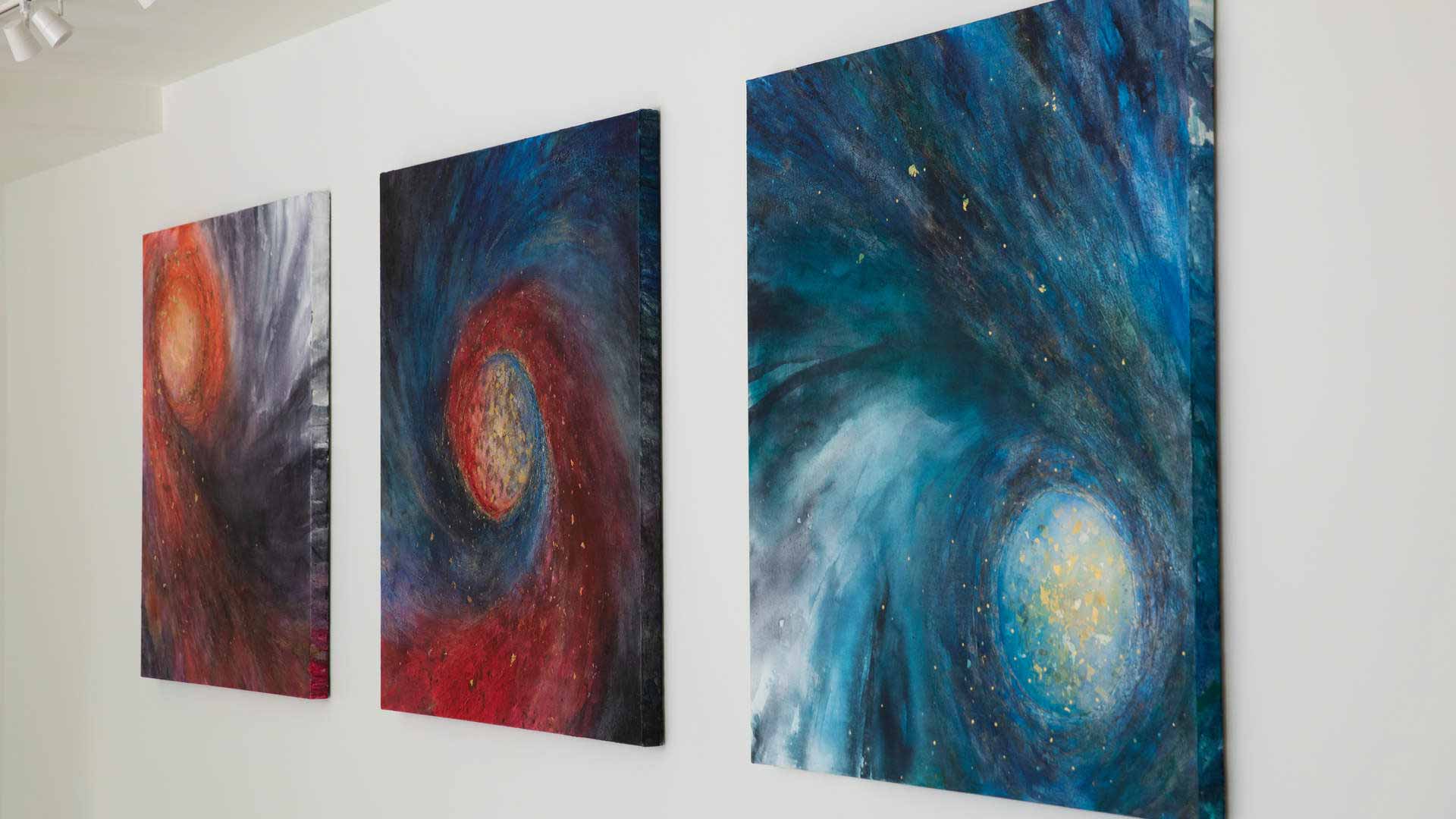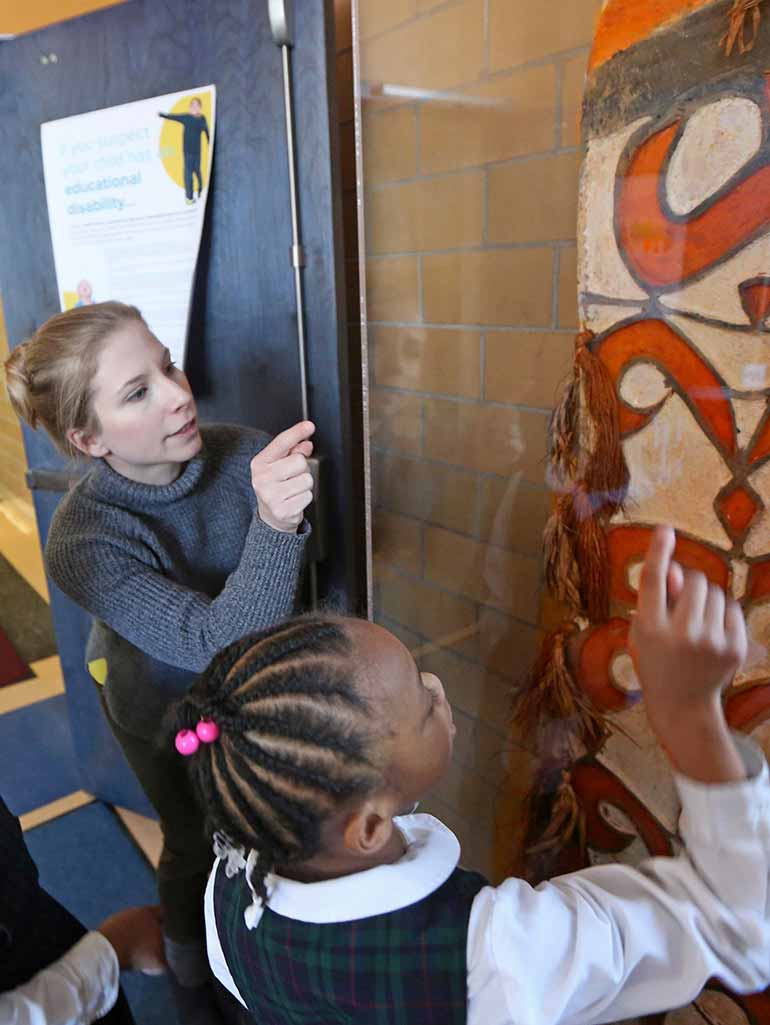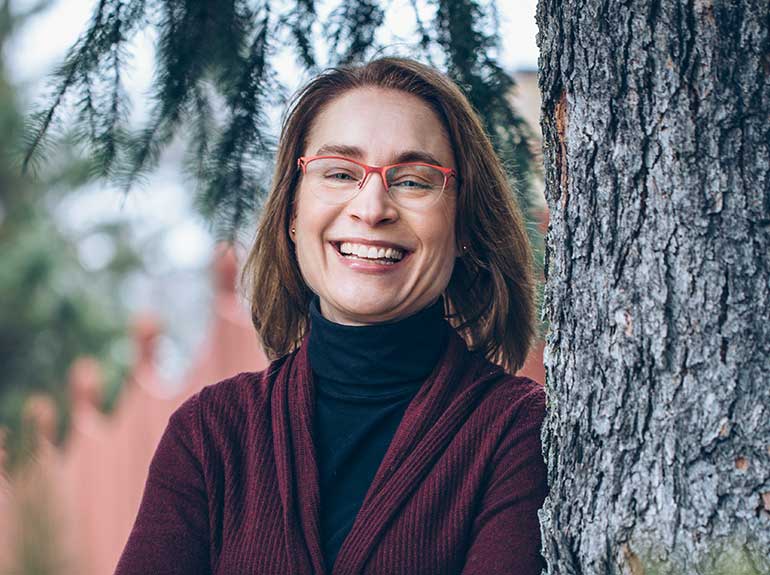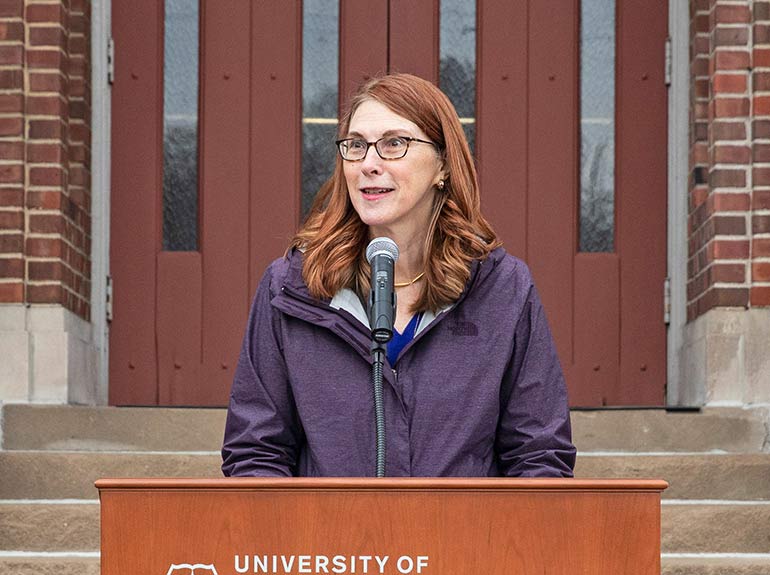Master’s in Art History
The MA program in Art History at the University of St. Thomas focuses on the development of key skills that serve professionals working in many capacities. Some of our students continue their formal academic studies by pursuing a PhD, while others find positions teaching, working in the museum world, managing art collections, or working for private or public arts organizations.
The ability to formulate sophisticated questions and to conduct research to answer these questions is at the core of the program, and this prepares students for a broad range of professional opportunities. The program also builds awareness of the ethical and culturally specific issues of research related to the field, including professional standards for work with issues of provenance and human subjects. In addition, our students develop crucial skills in written and oral presentation that are highly beneficial in most professions.
While some students enter the program with clearly defined professional goals, others come with an interest in exploring art history motivated by a love of art and a passion for studying its relationship to history.







